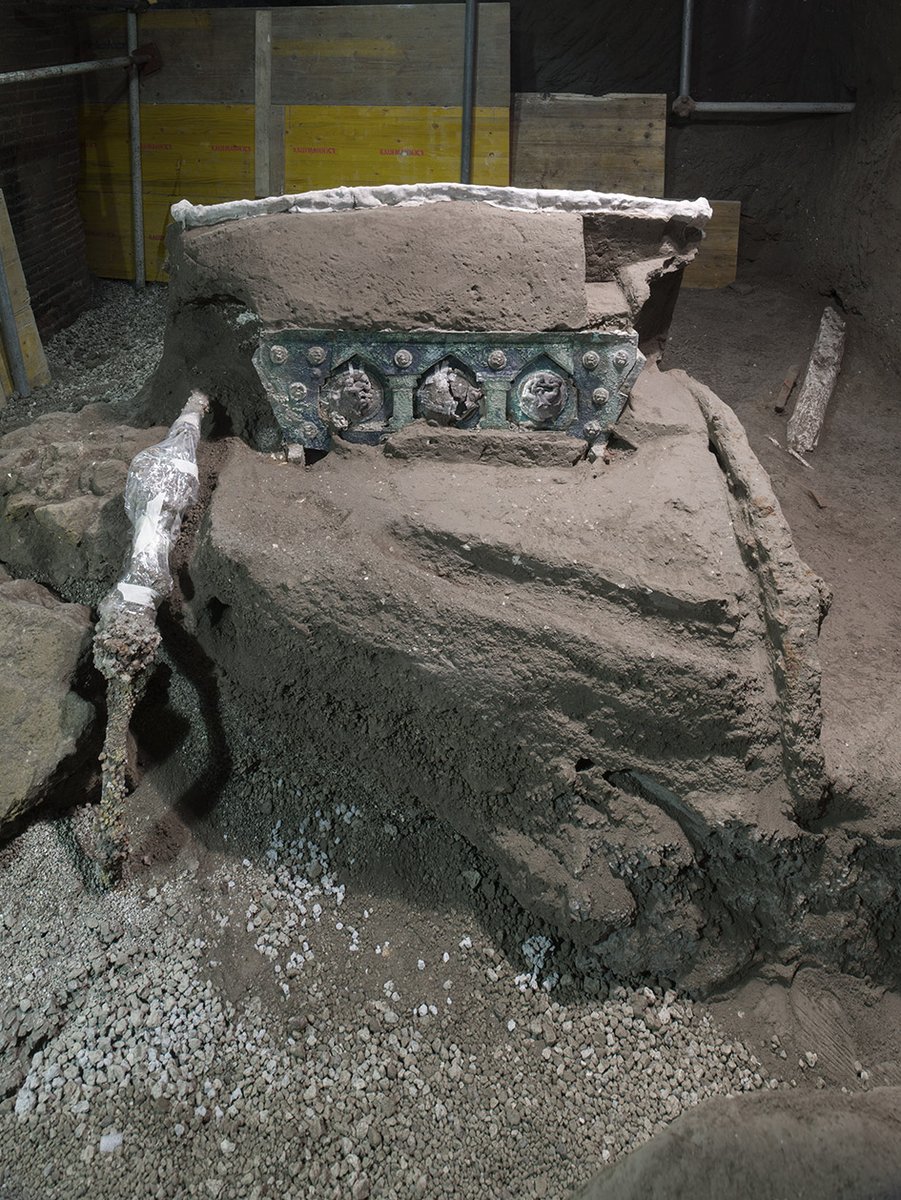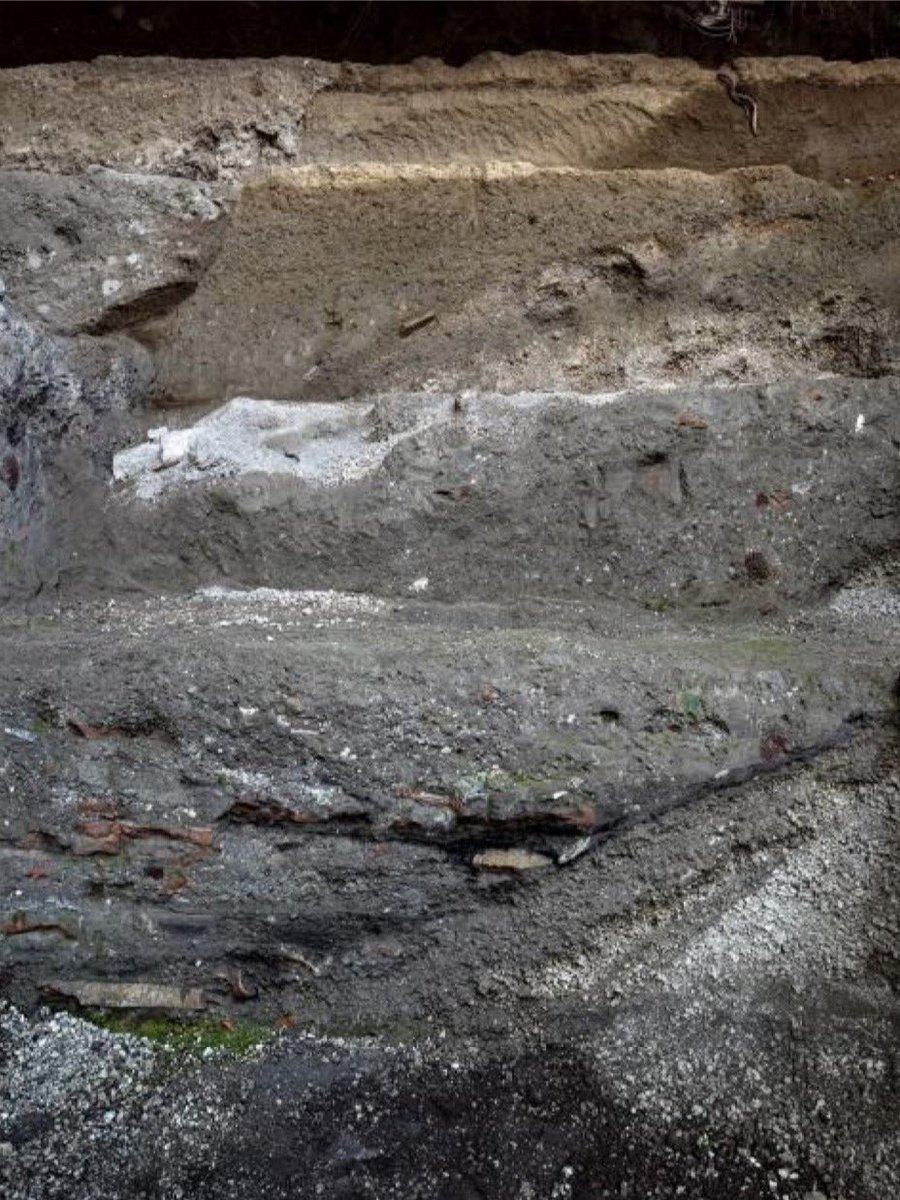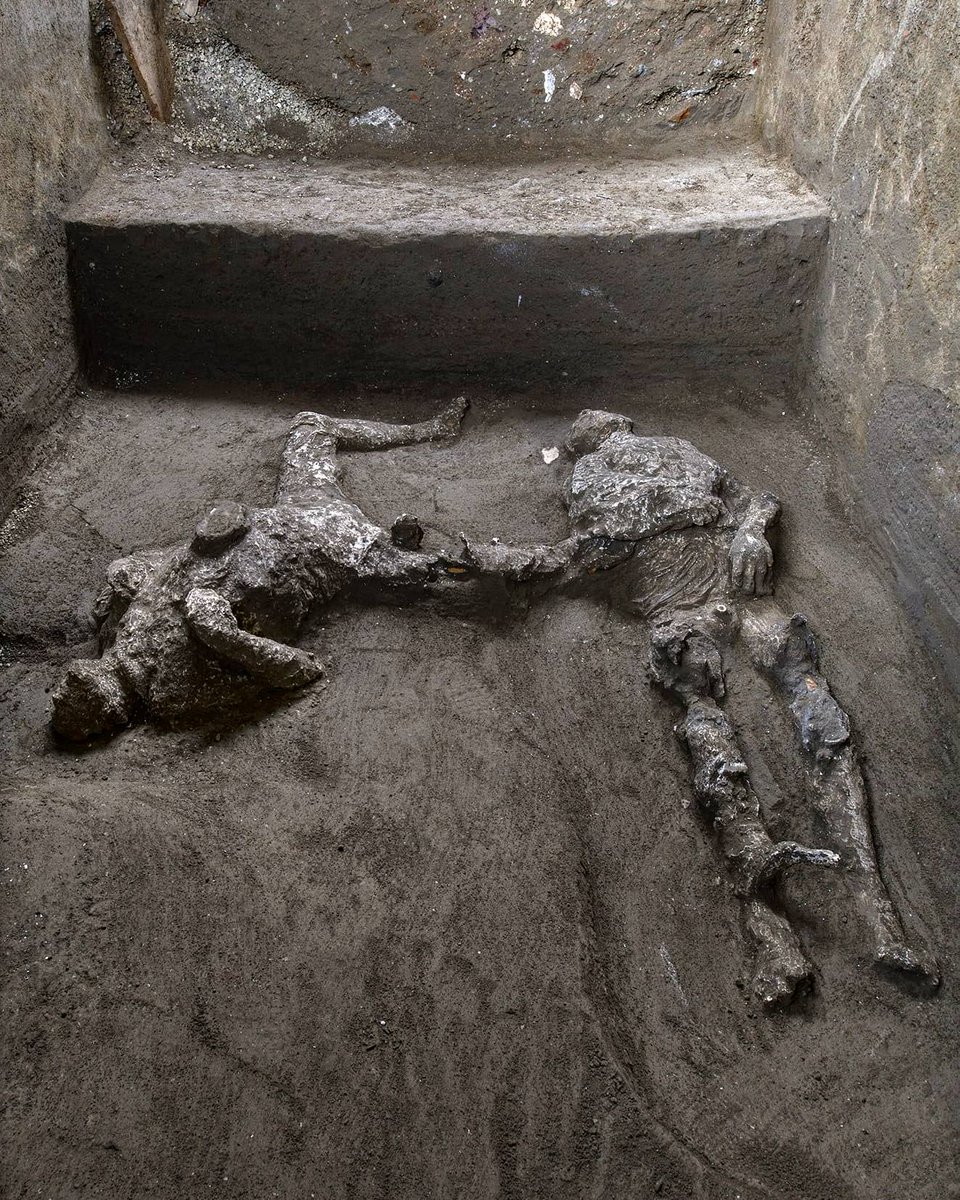
#WorldWaterDay
We remember, starting from the history of Pompeii, the importance of water. Castellum Aquae is a water distributor placed at the highest point of Pompeii (42m). Through its connection with the Augustan aqueduct of Serino,the water supply was guaranteed to the city
We remember, starting from the history of Pompeii, the importance of water. Castellum Aquae is a water distributor placed at the highest point of Pompeii (42m). Through its connection with the Augustan aqueduct of Serino,the water supply was guaranteed to the city

The structure allows you to appreciate the high level of development achieved by hydraulic engineering at the time: the castellum had a circular basin within, served by a pipeline on the north side, and fitted with a gate system, which adjusted the water distribution accordingly. 

The water used the drop pressure to be conveyed from here towards three pipes at different heights. If necessary, these could be closed with wooden wedges.
#WorldWaterDay

#WorldWaterDay


• • •
Missing some Tweet in this thread? You can try to
force a refresh






































